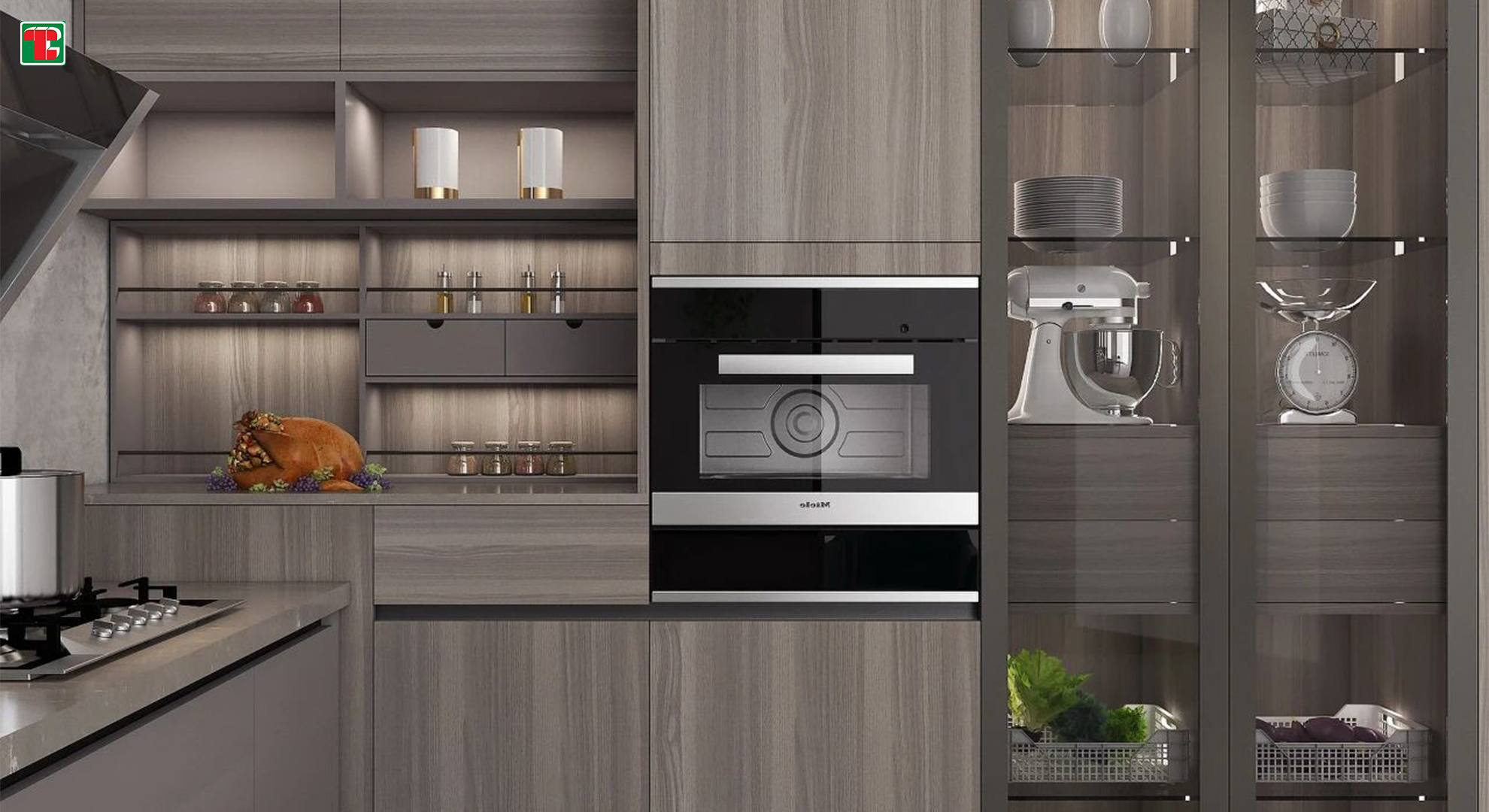From an opulent home environment to the decorative lights and luxurious veneer plywood, different elements constitute an exquisite interior. Notably, wood veneer panels play a pivotal role when it comes to styling and material selection. Whether you're decorating furniture or flooring, veneer wooden panels are ubiquitous. Their richness in variety, diverse colors, textures, easy acceptance of paints and stains make them perfect for inciting the power of your imagination.

1.The Standard of E0 Class Veneer Plywood

2.Production Process of E1 Class Veneer
Formaldehyde indeed exists in veneer, nonetheless, when the concentration is under control, it doesn't harm humans. On the spectrum of environmental grading of veneers, it varies from E0, E1 to E2, with an increase in formaldehyde content in that order. E1 class veneer, widely marketed and used indoors, fortunately, poses no significant harm to human health. The E1 class veneer production process involves: timber felling in forests, bringing it back to the factory for preliminary treatment, removing soil and redundant parts, rotary cutting, trim drying, gluing, drying, and eventually, fabricating into an assorted range of decorative veneer sheets 3mm-25mm thick. In this process, the standard of adhesives directly determines the environmental classification. Thus, the E1 class veneer virtually manifests the theme of environmental conservation.

3.Advantages of E1 Class Veneer Plywood
Both versatile and long-lasting, E1 class veneer Plywood offers the flexibility to design its features and textures. Consequently, it stands tall against tension and compression constraints. Manufactured per a unique process, the E1 class veneer plywood is eco-friendly and comes in a wide array of styles, meeting the tastes and requirements of varied customers.
To sum it up, both E1 and E0 class veneer plywood comply with decoration environmental standards. If economics isn't a constraint, the E0 class veneer, albeit slightly expensive, affords a higher environmental grade, making it your go-to choice.
Incorporating the provided set of keywords, this piece of content brings clarity in distinguishing between E1 and E0 wood veneer categories, underlining their environmental friendliness, versatility, and the associated health benefits. You can proceed with utmost confidence in your veneer shopping, equipped with this knowledge.
Post time: Jan-04-2024







